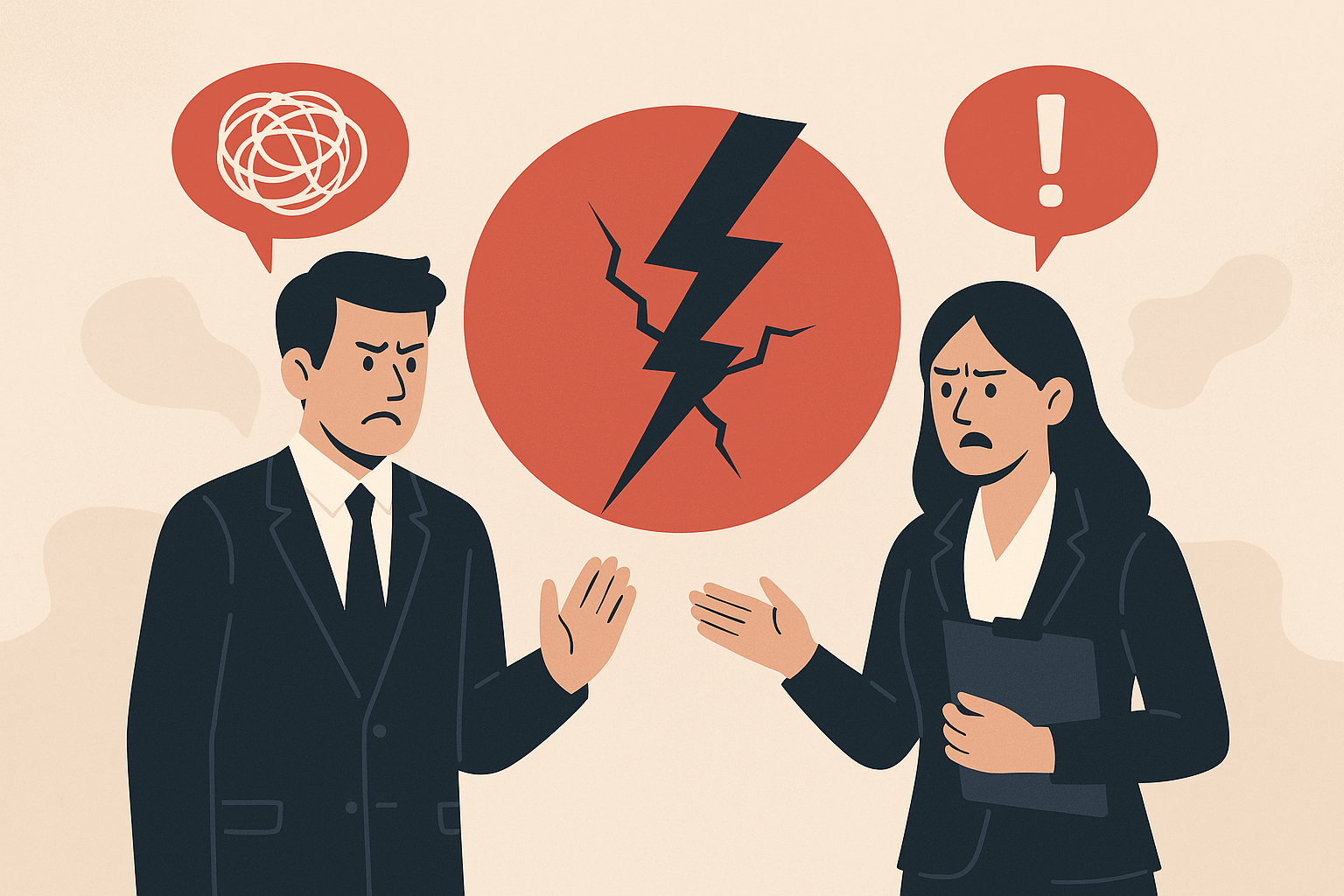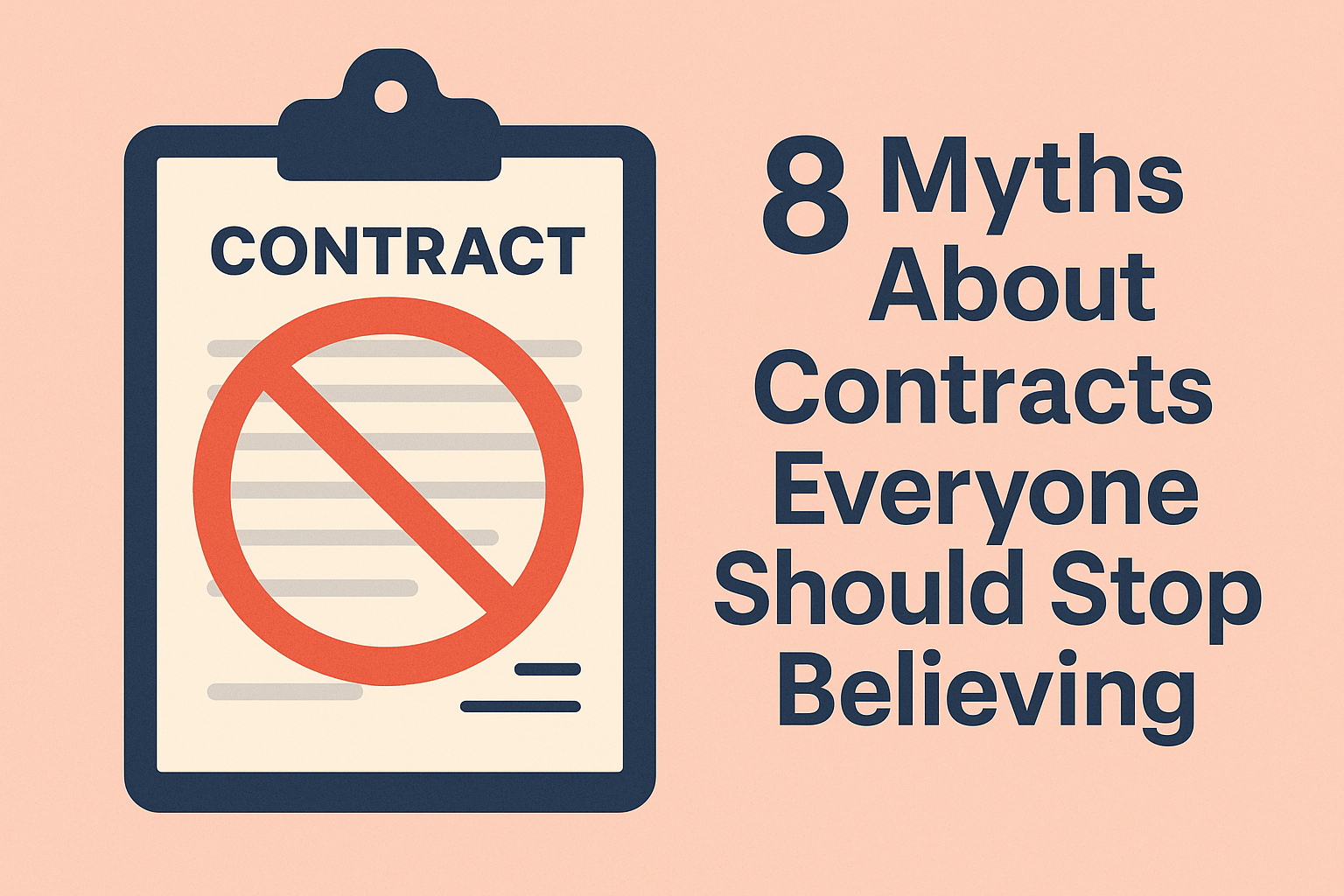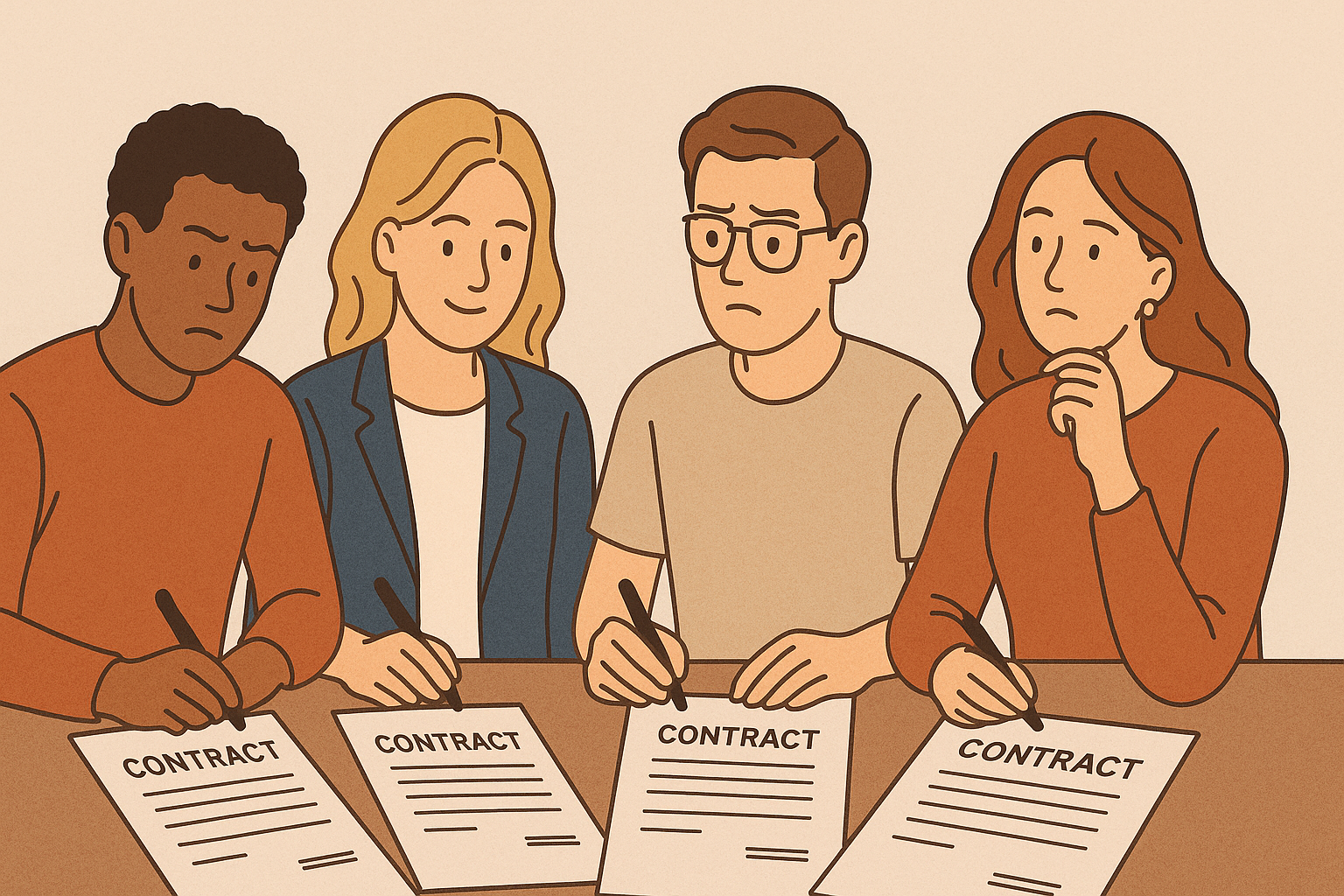We’ve all seen it happen. A customer disputes a fee they say they weren’t made aware of. A client escalates a complaint because they “didn’t understand the risks.” A case lands on the desk of the Financial Ombudsman Service (FOS) because someone clicked I agree without truly knowing what they were agreeing to.
And now, instead of focusing on service or growth, your team is stuck defending your process, combing through documents, and firefighting a problem that could have been avoided entirely.
Misunderstanding doesn’t always look dramatic. But it’s rarely cheap.
In this blog, we’ll explore:
- The cost no one talks about
- What misunderstanding really costs
- Why misunderstanding happens
- Regulation is catching up
- Understanding as prevention
- The mindset shift
The cost no one talks about
Businesses spend huge sums optimising operations, improving customer experience, and complying with regulation. But very few account for the silent, slow leak in the background: the cost of misunderstanding.
It’s not just about legal risks or rare worst-case scenarios. Misunderstanding creates friction every day:
- More time spent clarifying terms with confused customers
- More calls to support teams
- More disputes about what was or wasn’t communicated
- More complaints to the regulator
- More reputational damage from clients who feel they were misled
And it’s not hypothetical. In 2022, research showed UK companies were spending over £9 billion per month resolving customer complaints. A significant chunk of that isn’t due to poor service. It’s from unmet expectations and misaligned understanding. It’s the fallout of processes that assumed agreement without confirming comprehension.
In regulated industries like financial services or legal, the stakes are even higher. A misunderstanding can quickly escalate to the Financial Ombudsman Service, who exist to rule on disputes between customers and firms. In the 2022–23 financial year, the FOS received over 165,000 new complaints. Their decisions often turn on what the customer was led to believe at the point of agreement, not just what was written.
What misunderstanding really costs
Let’s break this down.
1. Complaint handling time
Every misunderstanding that results in a complaint has a long tail. A simple client email saying “this isn’t what I agreed to” can lead to hours (or even days) of internal time:
- Reviewing call recordings
- Cross-checking documentation
- Drafting responses
- Logging with compliance
- Holding internal meetings
If it escalates to the FOS, the work grows exponentially. You’ll be bundling documents, preparing evidence, and dealing with formal queries. All of this is time your team could have spent helping customers or building the business.
Many firms now maintain full-time complaint handling teams. Not because their service is bad, but because misunderstanding is common and costly to fix once it happens.
2. Ombudsman awards and compensation
The Financial Ombudsman doesn’t just mediate. They can direct firms to pay compensation. In 2022–23, they upheld around one in three cases in favour of the customer.
And often, the business didn’t technically do anything wrong. But the customer wasn’t adequately informed.
Take a typical example. A customer agrees to a loan product, thinking it’s interest-free. Months later, they find out interest kicks in after a promotional period. The firm disclosed this, somewhere in the paperwork, but the customer missed it. If the FOS believes the firm didn’t do enough to highlight this key point, they may rule in favour of the customer.
The same applies to investment risks, exclusions in insurance policies, cancellation rights, and legal fees. Firms are increasingly being held accountable not just for what they disclosed, but for whether the customer truly understood it.
3. Brand damage and customer churn
Not all misunderstandings become formal complaints. Many turn into quiet exits. Customers leave, and they tell others why.
According to one UK study, 13 percent of people have switched providers after a poor experience involving confusing or misleading information. And unlike a simple service failure, misunderstanding tends to generate resentment. Customers feel tricked. That damages trust, creates negative reviews, and drives churn.
The irony is, in many cases the company didn’t set out to confuse anyone. The information was technically there. But the way it was presented failed to make it stick.
Why misunderstanding happens
If the costs are this high, why is misunderstanding still so common?
Because most agreements are built to tick boxes, not to teach. The process is focused on delivery and documentation, not digestion.
Take a typical onboarding journey:
- A long PDF full of legal and regulatory language is sent by email
- The customer is expected to read, understand, and sign it
- Once signed, the business assumes it’s all understood
But the data tells a different story:
- 91 percent of people don’t read terms and conditions
- Most contracts are written at a postgraduate reading level
- Many frontline staff don’t fully understand what’s in the documents either
In that environment, confusion is the default. We rely on signatures as shortcuts for consent, when they often just mean the customer wants to get it over with.
Regulation is catching up
Regulators are no longer content with having paperwork in place. They want to know the customer genuinely understood it.
The FCA’s Consumer Duty has raised the bar. It requires firms to take all reasonable steps to ensure customers understand the information presented to them. That includes using plain language, layering information, and tailoring communication to the audience.
In legal services, the SRA also expects clarity. Solicitors must make sure clients understand the cost and scope of legal work, not just agree to it. The Belsner case showed just how serious this can become. Misunderstanding over legal costs led to a major ruling, not because of fraud or negligence, but because the client hadn’t been properly informed.
These cases show a shift in the way responsibility is being viewed. It’s no longer enough to say “we told them.” Firms must now prove that the message was received and understood.
Understanding as prevention
The smartest companies are starting to reframe contracts as opportunities to educate, not just to formalise.
This doesn’t mean dumbing things down. It means communicating like a human.
How to build understanding into your process
- Use plain English. Cut the jargon. Replace complex legal or financial terms with everyday language where possible.
- Structure your content for clarity. Use bullet points, bold key terms, and write with short, direct sentences. Highlight the parts that really matter.
- Present information in layers. Don’t drop everything on the customer at once. Start with a summary, then let them explore details as needed.
- Use different formats. Some people prefer reading. Others engage better with video or spoken word. Consider using visuals, voiceovers, or animations to explain complex ideas.
- Make it interactive. Ask customers to confirm their understanding at key points. This helps reinforce the message and gives you a record of genuine engagement.
The result is a more transparent process. One where customers feel informed, not overwhelmed. And where businesses can point to real evidence that consent wasn’t just given, but earned.
The mindset shift
Misunderstanding is not just a customer issue. It’s a business risk. It drains time, erodes trust, triggers complaints, and costs money. But it’s also solvable.
By rethinking how we present agreements—breaking them down, using plain language, engaging multiple formats—we shift from damage control to prevention. We turn contracts into a tool for better communication and stronger relationships.
In a world where regulators demand clarity and customers expect transparency, businesses can’t afford to treat understanding as an afterthought. It needs to be built in from the start. Because when your customer truly understands what they’re agreeing to, everyone wins.
Ready to try the future?
Explore how  i agree can help you create contracts people actually understand.
i agree can help you create contracts people actually understand.
Check out our FAQ or try our demo to see how it works




